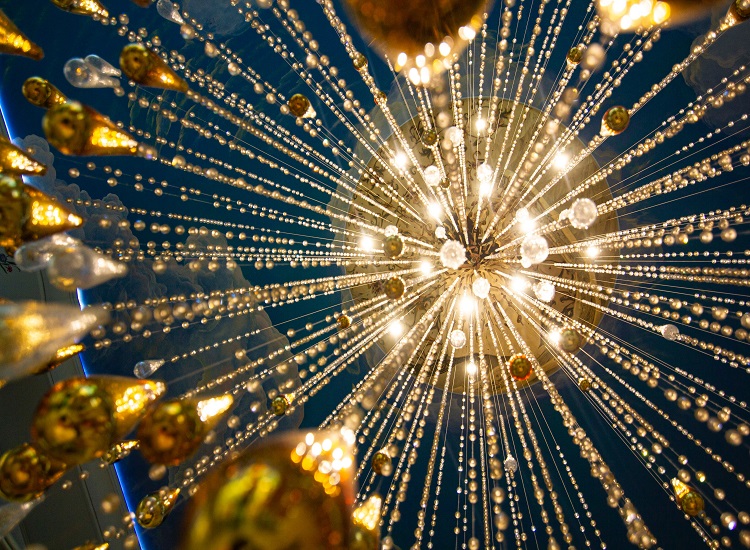The Four Basic Directions of Lighting.
Light can strike your subject from any side depending upon where you place the camera, the subject, or the light. When you have a strong main source of light, for example, bright sun, different effects are produced depending upon where the light falls relative to the subject as seen by the camera.
There are four basic categories of light placement:
- Front lighting
- 45º side lighting
- 90º side lighting
- Back lighting
Front lighting:
This is the type of lighting you get when you follow the advice given to many snapshooters, “Shoot with the sun behind you.” Front lighting produces a shadowless image. Because all parts of the subject facing the camera are bathed in direct light, all is light. The result is a picture with little gradation of tones. Since depth and contour are emphasized by the interplay of light and shadow, front lighting produces a flat two-dimensional feel. It is called, flat lighting.
The front light may be low, as from an early morning or late afternoon sun, or it can be high, as from the noonday sun. Each creates effects of its own. When photographing a face, you will find that high front lighting may produce unattractive pictures since it casts deep shadows in the hollows of the eyes and under the nose. While the flat lighting produced by low front lighting can be flattering to a face, the squinting it causes is not.
45º Side lighting:
This type of lighting, which occurs in midmorning and midafternoon, is considered by many to be the best type for portrait photography. The main light (flash or continuous) in studio portraiture is, in fact, most often a 45º side light.
A 45º side light produces a nice interplay of light and shadows, without being overwhelming. Shapes take on tonal qualities that emphasize their depth, producing what is called modeling effect. The texture of the surface is subtly brought out. For these reasons, 45º side lighting is often considered natural lighting.
90º Side lighting:
This is dramatic lighting that emphasizes the stark contrast between light and dark. The side of your subject toward the light is bathed in brightness: the side away from the light is buried in darkness. Shadows are long and powerful. The texture of the surface stands out strongly because each tiny bump creates a stark shadow. In fact, this is sometimes referred to as texture lighting.
In photography, you use 90º side lighting only when you want to produce a hard, dramatic effect. You would certainly avoid it if your objective is a soft, feminine image.
When using 90º side lighting, pay careful attention to the shadows; they are as important a part of the composition as are the highlights.
Back lighting:
When light comes from behind the subject toward the camera, you have the highly theatrical effect of back lighting. If you expose your Light Meter for the light, your subject becomes a black silhouette. If you use a compromise Light Meter exposure, you can produce details in your subject while still having the subject stand out strongly against the light background.
If the light is high, a dramatic rim of bright light may outline the top of your subject – for example, your model’s hair, producing a dramatic effect. This is called rim lighting.
With back lighting, the silhouetted subject against the bright background produces a high-contrast picture that can be very powerful in its simplicity.
For additional lighting for photography information, be sure to visit the resources page for video’s, lighting tips, tutorials and lighting set-ups.



